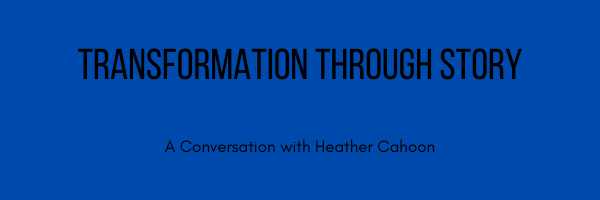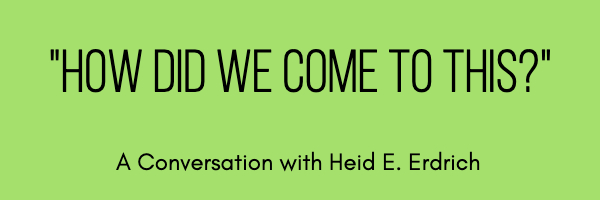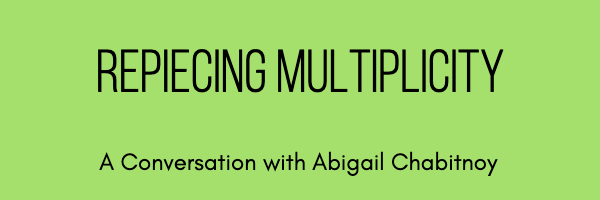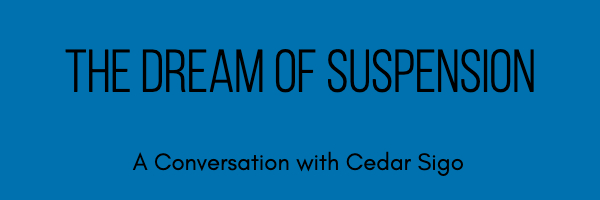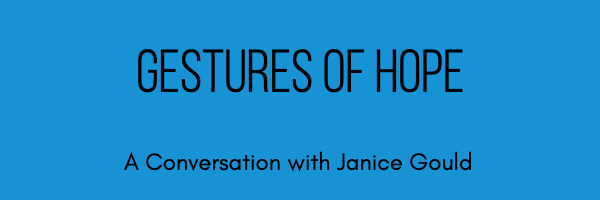Native Poets Torchlight Series
by Jennifer Elise Foerster | Senior Editor
A series created with the intention of celebrating contemporary Native American poets and extending their reach to an ever-widening circle of readers, to pass the fire among emerging and established poets and to share in conversation and to illuminate the diversity of styles and voices among Native poets writing today.
NOʻU REVILLA
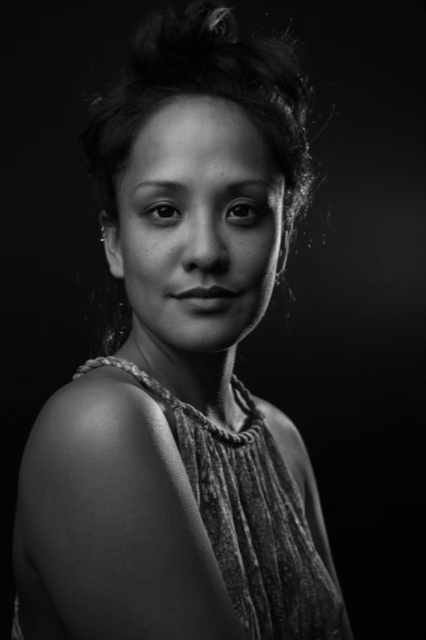
“Poetry is where I can metabolize heartbreak and make something useful, something that doesn’t drag me down, doesn’t drown me, but teaches me how to breathe underwater. It helps me to shape-shift.”
– Noʻu Revilla
HEATHER CAHOON

“There is such a sense of freedom in even momentarily feeling yourself weightless, of escaping, I would say, both the physical and emotional weightiness of being alive/human.”
– Heather Cahoon
HEID E. ERDRICH
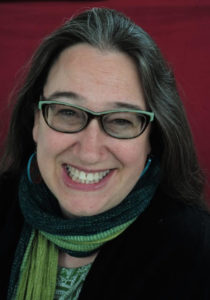
“This book came from a time of global anxiety, so there we were or here we are, all pausing slowly and looking into the next blank future. And yes, white space is meant to work as both visual punctuation and as breath script for reading. I was not sure people would understand as they read it, but I’ve been surprised. Isn’t it great when we are read as we hoped?”
– Heid E. Erdrich
ABIGAIL CHABITNOY
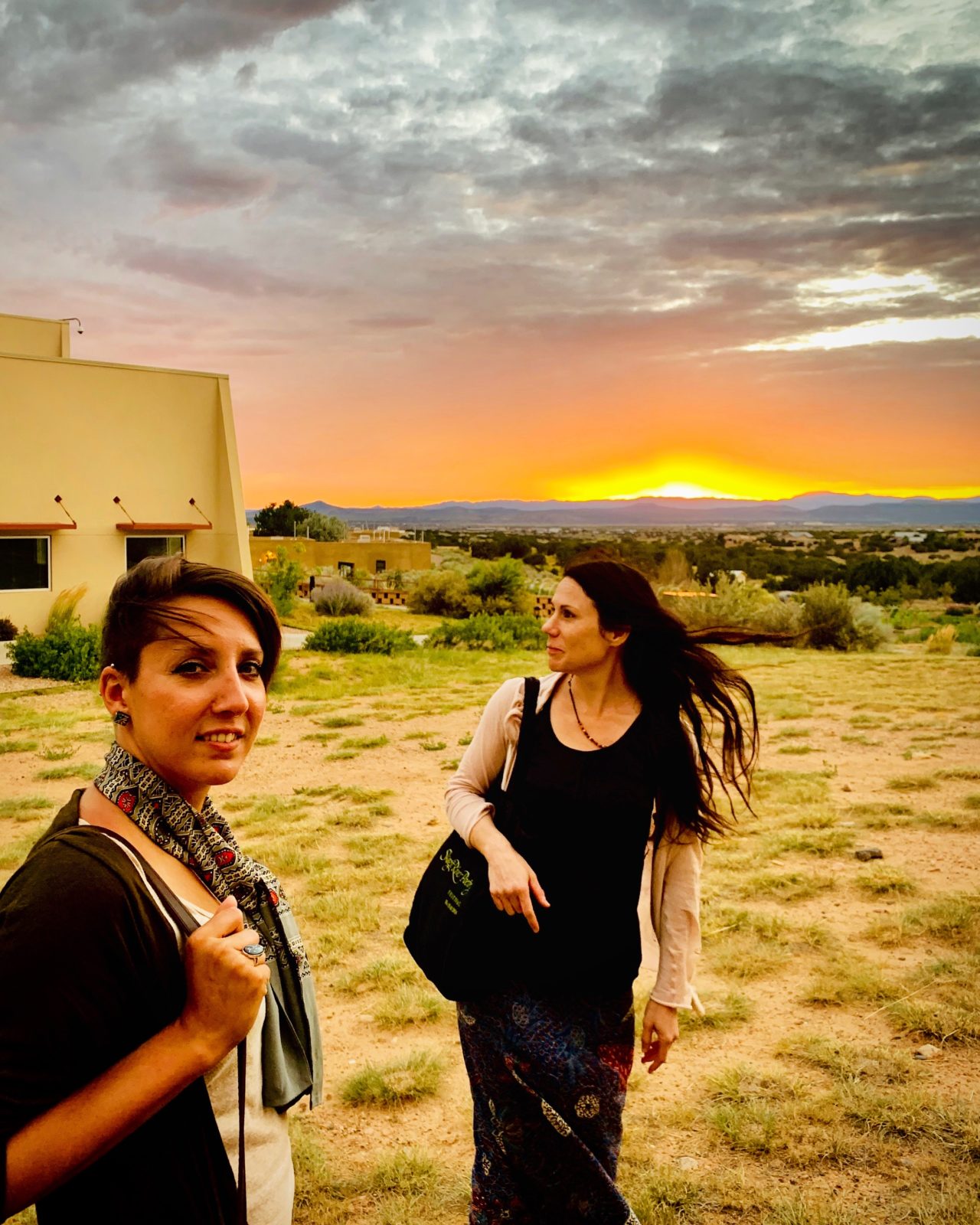
“Poetry can bring history back to life, so to speak—it can reintroduce us to the narrative, exactly through this act of revisioning. That is how I see poetry as continuing to be relevant, and indeed critical, to today’s society. It allows us to look again at the pieces and reconfigure them, to look at where we’ve been, where we are, where we’re going, and then to re-envision a way forward.”
– Abigail Chabitnoy
CEDAR SIGO
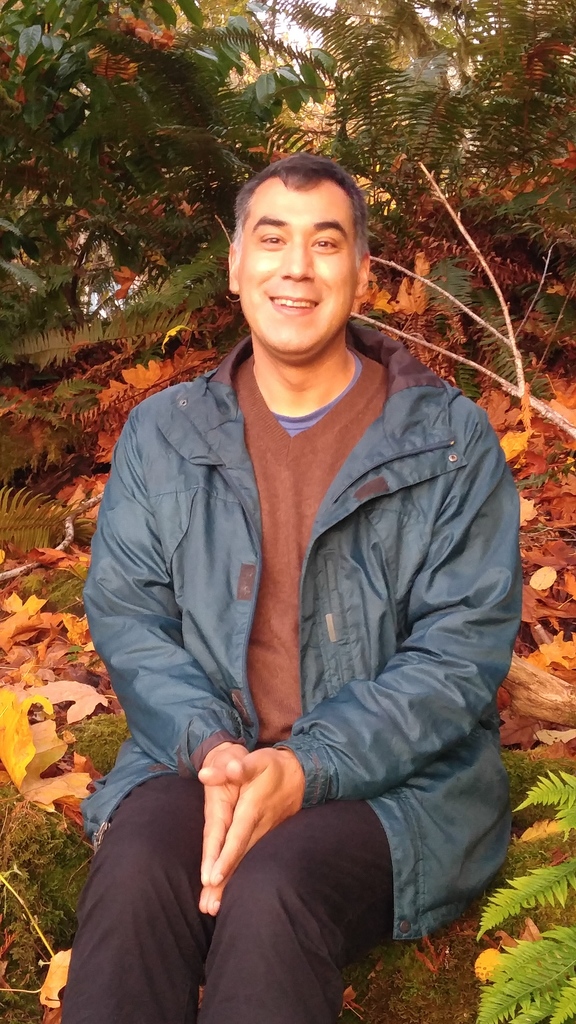
“Poetry always wants to resolve and disappear again, and without our craft, we can go too far. If you don’t learn the way to climb the mountain, where the footholds are, then you’re awash in randomness. Finding one’s footing is a totally personal process, and it has to do with how you imagine the poem remains in the air, in your mind, after you close the book.”
– Cedar Sigo
JANICE GOULD
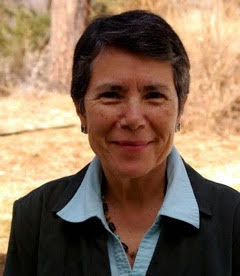 I’m really interested in image. How do you create image? How do you make that image that somehow reveals the world, reveals your sense of connection to the world? I think a lot of my work is about how you connect to the human family and how you connect to the living world.
I’m really interested in image. How do you create image? How do you make that image that somehow reveals the world, reveals your sense of connection to the world? I think a lot of my work is about how you connect to the human family and how you connect to the living world.
– Janice Gould
—
Jennifer Elise Foerster received her PhD in English and Literary Arts at the University of Denver and her MFA from the Vermont College of the Fine Arts, and is an alumna of the Institute of American Indian Arts (IAIA) in Santa Fe, NM. She is the recipient of a National Endowment for the Arts Creative Writing Fellowship, a Lannan Foundation Writing Residency Fellowship, a grant from the Aninstantia Foundation, and was a Wallace Stegner Fellow in Poetry at Stanford. Jennifer currently teaches at the Rainier Writing Workshop and is the Literary Assistant to the U.S. Poet Laureate, Joy Harjo. She is the author of two books of poetry, Leaving Tulsa (2013) and Bright Raft in the Afterweather (2018), both published by the University of Arizona Press, and served as the Associate Editor for When the Light of the World Was Subdued, Our Songs Came Through, A Norton Anthology of Native Nations Poetry. The daughter of an Air Force diplomat, Foerster grew up living internationally, is of European (German/Dutch) and Mvskoke descent, and is a member of the Muscogee (Creek) Nation of Oklahoma. She lives in San Francisco.



